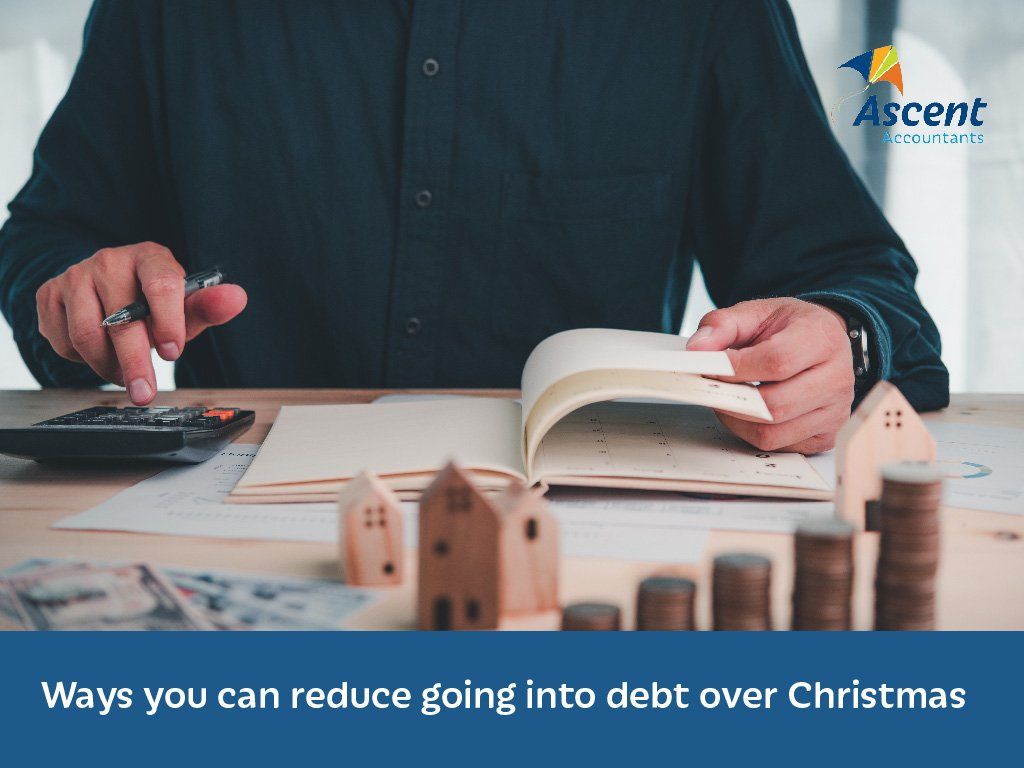Ways you can reduce going into debt over Christmas

December comes with a lot of financial expectations. Sometimes it feels like the gift-giving is never ending — just when you feel like you’ve got everyone sorted, you remember your neighbour, work colleague, or child’s teacher. Plus, there’s the expenditure that comes with preparing Christmas meals for different events you’re hosting or attending, or the extra decorations you buy every season.
As much as we all try to be generous during this time, it’s important not to lose sight of our financial limitations. To minimise stress and the financial fallout that can carry through to 2023, managing expectations this December is super important. Specifically, gift-giving expectations. If you can navigate that successfully with friends and family, you’ll create a more relaxing festive season for everyone.
1. Have a conversation.
If you have regular people you always buy for (e.g. friends and family), set expectations with them with a casual conversation. It could be as simple as, “hey, can we make the limit $50 this year instead of $100?”. Or, perhaps together as a family, you’ll decide to buy for immediate members only, not the entire extended tribe. As much as we love our far-off relatives, for the majority, it’s simply not viable to buy for 10, 15, or 20 family members!
You can also do secret Santa with your family or friendship circle so you only have to buy for one person each.
2. Cut out the “nice-to-gives”.
If this time of year has you in a financial bind, cut out the “nice-to-gives” that you’d like to give a gift to, but it probably won’t matter if you don’t. This includes people in your lifestyle peripherals, like your son’s teacher, your local butcher, your child’s friend’s mum, and so on. There’s always next year, and you can still give these people a heartfelt card!
3. Don’t spend money you don’t have.
Seems obvious, right? Yet, a lot of people massively overspend in November and December and go into debt. Depending on how severely you’re “in the red”, this debt can follow you well into the new year and even lead to personal loans to pay off owed money.
Put plainly, if you don't have the cash for it, don't buy it. Avoid relying on credit cards — while these are great for emergencies, they can be crippling when mismanaged or used as an everyday card.
4. Think outside the box.
While it's lovely to have nice things and give nice things, your financial well-being is worth so much more than “something nice”. This season, think outside the box when it comes to giving gifts. Instead of a wrapped present, you could gift a home-cooked meal or quality time.
5. Don’t overspend on holidays.
If you’re heading away for the Christmas break, it’s easy to get lost in the atmosphere of a vacation. Our money suddenly doesn’t feel like our money, and there’s a big “you’ve earnt this!” message at play. While you most certainly have earnt a vacation, don’t commit to an expensive holiday. Whether you’re going interstate to see family, down south with friends, or overseas somewhere, you should still track finances.
We also advise you to plan ahead so you know roughly what you’ll be spending each day, and on what.
Clear as mud?
We offer much more than handy Christmas-saving tips.
Contact us for bookkeeping services, tax accounting, and more.
Need help with your accounting?








